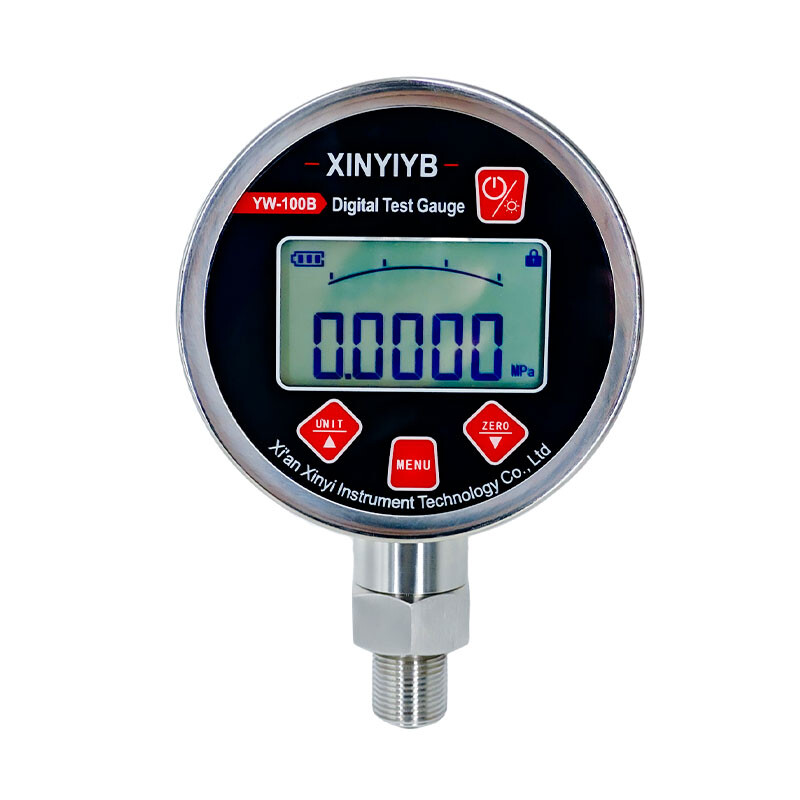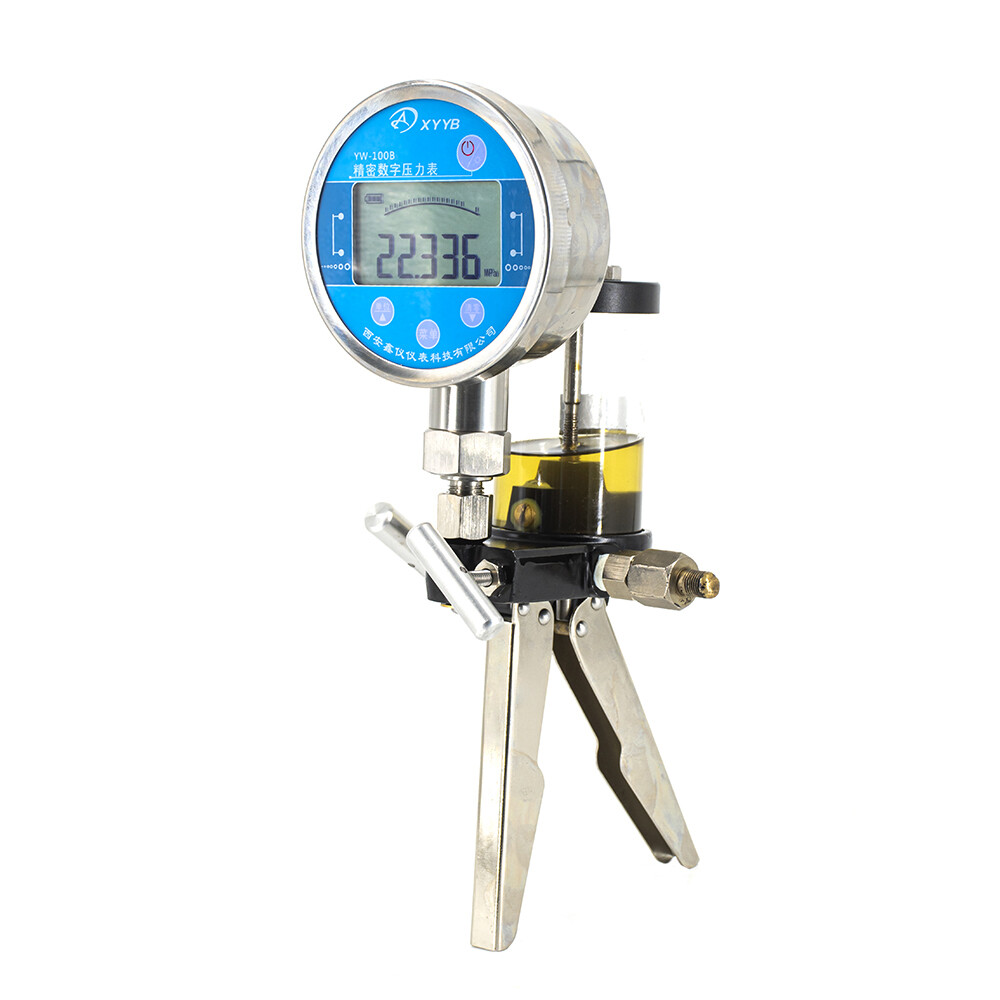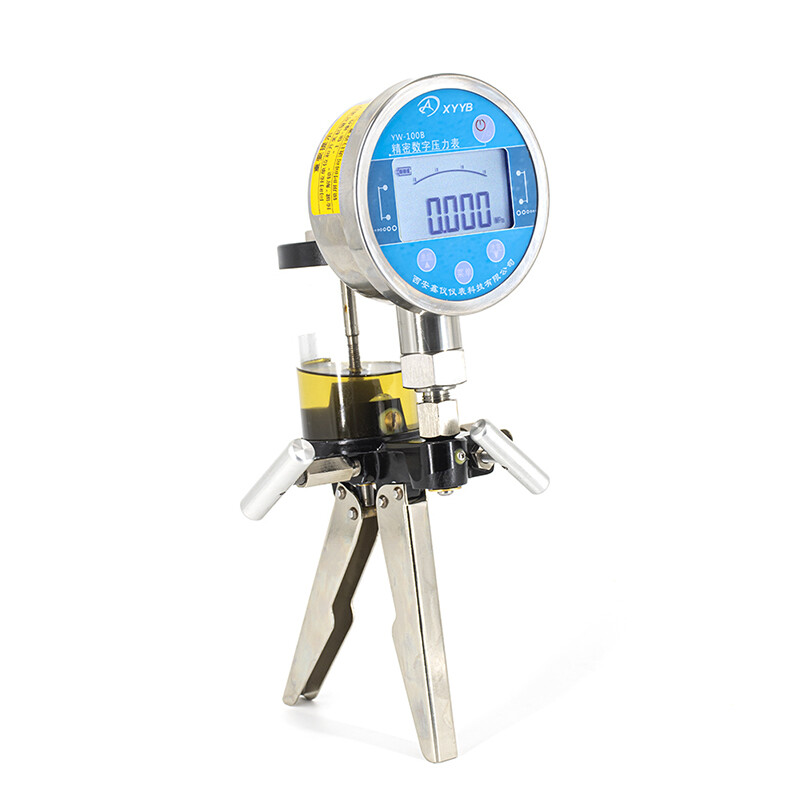Thermocouples are not temperature transmitters.Thermocouples are not temperature transmitters. Although thermocouples and temperature transmitters are both used for temperature measurement, their working principles and application scenarios are different.
Working principle and application scenarios of thermocouples:
A thermocouple is a sensor based on the thermoelectric effect, consisting of metal wires made of two different materials. When the temperatures of the two joints are different, a small potential difference is generated, and the temperature value can be obtained by measuring this potential difference. Thermocouples have the advantages of fast response speed, wide range, and suitability for high and low temperatures, and are widely used in industrial automation, aerospace, medical equipment, and other fields.
Working principle and application scenarios of temperature transmitter:
A temperature transmitter is a device that converts temperature signals into standard signals for output. It is mainly used to transmit temperature signals collected by on-site sensors to control systems such as computers, PLCs, DCS for digital processing and remote monitoring. The temperature transmitter uses dedicated integrated circuits for signal amplification, filtering, compensation, and linearization processing to ensure signal stability, reliability, and accuracy. Temperature transmitters are suitable for scenarios that require digital processing and remote transmission, such as industry, transportation, environmental protection, fire protection, and other fields.
The difference between thermocouple and temperature transmitter:
1. Different working principles: Thermocouples measure temperature by measuring thermoelectric effects, while temperature transmitters convert temperature signals from on-site sensors into standard signal outputs.
2. Different measurement accuracies: The accuracy of thermocouples is generally ± 1% to ± 5%, which is affected by various factors; The accuracy of temperature transmitters is relatively high, generally ranging from ± 0.1% to ± 0.5%.
3. Different usage scenarios: Thermocouples are suitable for scenarios that require fast response and high range, such as high-temperature furnaces, low-temperature freezing, medical equipment, etc; Temperature transmitters are suitable for scenario 1 that requires digital processing and remote transmission.
In summary, thermocouples and temperature transmitters each have their own advantages and disadvantages, and are suitable for different application scenarios. In practical applications, appropriate equipment should be selected according to specific needs.

Chat Online






